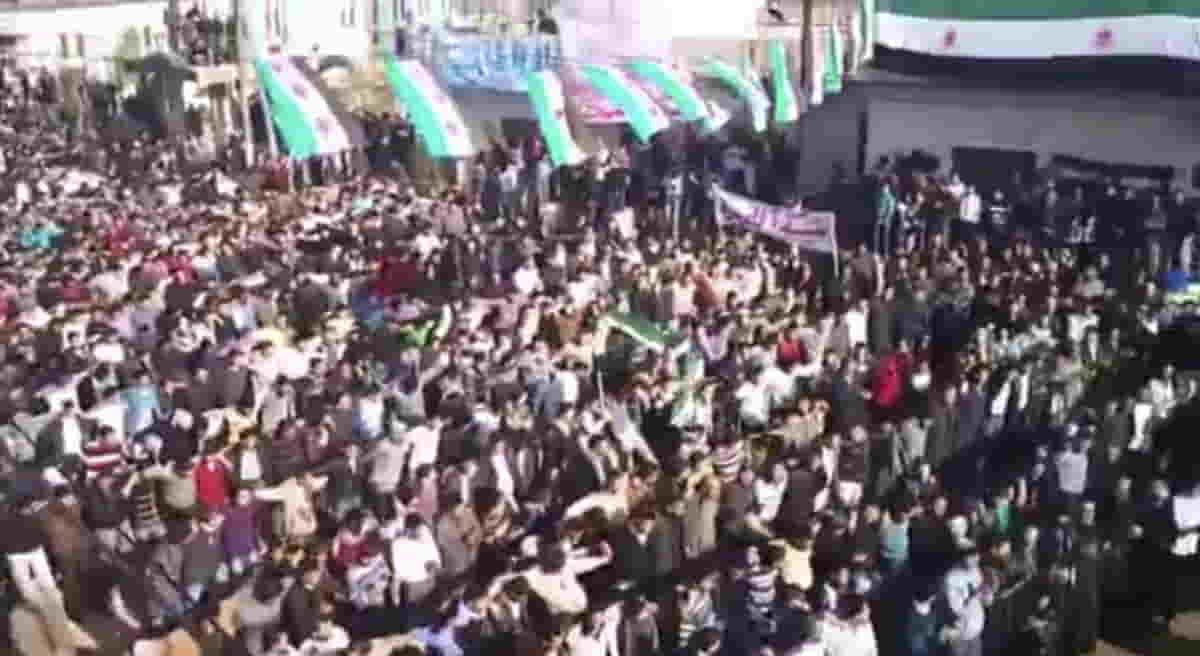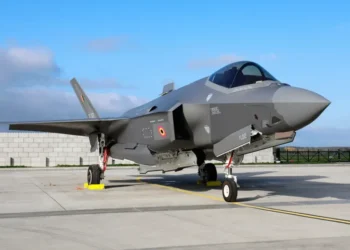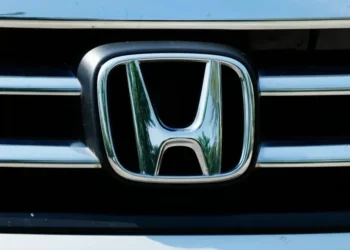Why the Rebel Capture of Syria’s Hama Matters: A City with a Dark History
BEIRUT (AP) — Hama, a city that holds some of the darkest memories in modern Arab history, has once again become a focal point of conflict in Syria. Over 40 years ago, it was the site of the infamous Hama Massacre, where tens of thousands were killed under the orders of then-President Hafez Assad. Now, Islamist insurgents have captured this historically significant city, marking a symbolic shift in Syria’s ongoing civil war.
Hama’s Tragic History
Hama, located in central Syria and famous for its iconic waterwheels along the Orontes River, became synonymous with brutality in the early 1980s.
In February 1982, Hafez Assad launched a devastating assault to crush a Muslim Brotherhood-led uprising. Within weeks, government warplanes and artillery, led by Hafez’s brother Rifaat Assad—nicknamed the “Butcher of Hama”—reduced much of the city to rubble.
Estimates of the death toll range from 10,000 to 40,000, with thousands more disappearing during the siege. The massacre left a lasting scar in the Arab world and sowed seeds of future uprisings.
Rifaat Assad has since faced international scrutiny, including an indictment in Switzerland for war crimes and crimes against humanity related to Hama.

A Symbolic Epicenter of Resistance
Fast forward to 2011, Hama once again became a center of opposition during the Arab Spring-inspired protests against Hafez Assad’s son, President Bashar Assad.
For a brief period, government forces withdrew from the city, giving protesters a rare taste of freedom. Residents painted walls red, poured red paint over the city’s famous waterwheels, and used chants like “Erhal ya Bashar” (“Leave, Bashar”) to commemorate the 1982 massacre.
However, the government responded with a brutal counterassault in August 2012, regaining control of the city at the cost of significant casualties. The crackdown further solidified Hama’s place as a symbol of defiance and suffering.
The Recent Rebel Offensive
In a striking turn of events, Islamist insurgents have now taken control of Hama. Fighters tore down images of Bashar Assad and stormed government buildings in scenes that would have been unthinkable decades ago.
Abu Mohammed al-Golani, a prominent rebel leader, declared in a video message that insurgents had arrived in Hama to “heal the wound that has bled for 40 years.” Their first actions included freeing prisoners from the city’s central prison, further emphasizing the symbolic importance of the capture.
Why Hama’s Capture Matters
Hama’s strategic location makes its capture a significant development in Syria’s civil war.
- Key Intersection: Hama connects central Syria with the north, the east, and the coastal regions, including Latakia, a stronghold of Assad’s support base.
- Proximity to Damascus: Located just 200 kilometers (125 miles) north of the capital, Hama’s fall creates a pathway for insurgents to advance southward.
- Gateway to Homs: Analysts predict Homs, located just 40 kilometers (25 miles) south of Hama, could be the rebels’ next target. Homs is home to one of Syria’s two state-run oil refineries and serves as a vital link between Damascus and the coast, where Assad’s power is concentrated.
“If rebels seize Homs after Hama, they could cut off Damascus from the coast, isolating Assad’s base and severing critical supply lines,” said Aron Lund, a Syria expert at Century International.

The Broader Implications
The fall of Hama follows the recent capture of Aleppo, Syria’s largest city, and could significantly shift the momentum in the civil war.
Rebel advances in Hama and potentially Homs could embolden Assad’s opponents while weakening the morale of his supporters. The stakes are high, as control over these cities would mark a turning point in the conflict.
Hama’s dark past continues to cast a shadow over Syria’s future, symbolizing both the enduring wounds of its people and the potential for transformative change in the nation’s ongoing struggle.
This article was rewritten by JournosNews.com based on verified reporting from trusted sources. The content has been independently reviewed, fact-checked, and edited for accuracy, neutrality, tone, and global readability in accordance with Google News and AdSense standards.
All opinions, quotes, or statements from contributors, experts, or sourced organizations do not necessarily reflect the views of JournosNews.com. JournosNews.com maintains full editorial independence from any external funders, sponsors, or organizations.
Stay informed with JournosNews.com — your trusted source for verified global reporting and in-depth analysis. Follow us on Google News, BlueSky, and X for real-time updates.













